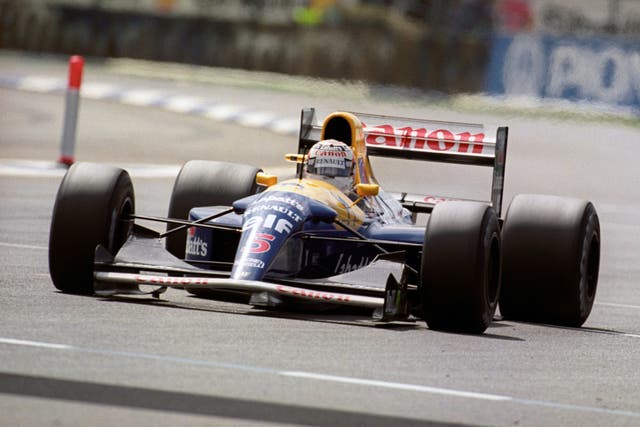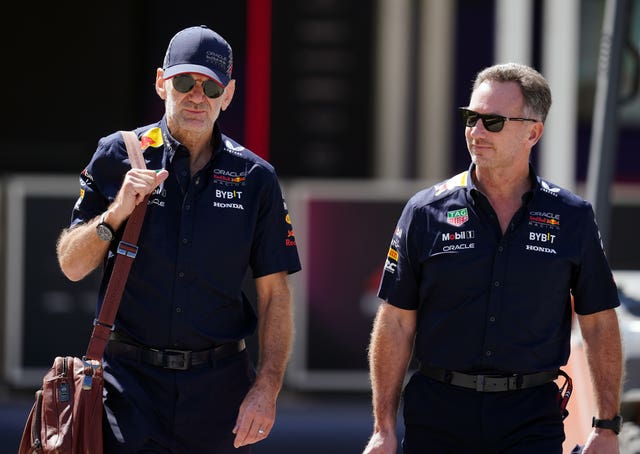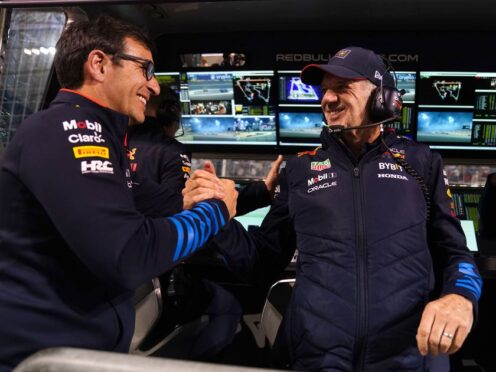Adrian Newey is considered to be one of the greatest Formula One masterminds that has ever lived.
Newey, whose preference is to sketch his innovative designs on an old-school drawing board rather than using computer-animated design software, has played a significant role in 13 drivers’ World Championships and a dozen constructors’ titles.
Ask any team boss in the paddock who they would rather sign, Newey or seven-time world champion Lewis Hamilton, and you might be surprised how many would opt for the former. Should Newey get his reported wish to leave Red Bull, there could be a clamour for his services.

Newey’s first championship success arrived in 1992 when Nigel Mansell crushed the opposition in his all-conquering Williams.
Titles for Alain Prost, Damon Hill and Jacques Villeneuve all followed for the British team before Newey was persuaded by Ron Dennis to move to McLaren in 1997. One year after Newey joined, and Mika Hakkinen was celebrating the first of successive titles.
By now, Newey had established himself as the most sought-after engineer in the sport and new kid on the block Christian Horner wasted no time in persuading Red Bull’s billionaire founder Dietrich Mateschitz to open his cheque book.
“Given the choice of Adrian Newey or Michael Schumacher, I’d go for Adrian every time,” said Horner of his star acquisition in 2006.

And as chief technical officer, Newey delivered on Horner’s praise by transforming Red Bull from an energy drinks company into an F1 tour de force – with Sebastian Vettel sweeping all before him to land four consecutive titles between 2010 and 2013.
Although Mercedes mastered the next set of regulations, a Newey-inspired Red Bull fought back to reclaim their spot at motor racing’s summit, with Verstappen taking the 2021 title before storming to the next two championships.
And with a fourth world crown almost certain for Verstappen – in a car widely acclaimed as the fastest the sport has ever seen – 65-year-old Newey clearly has not lost his magic touch.
